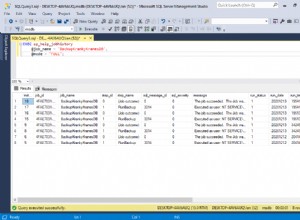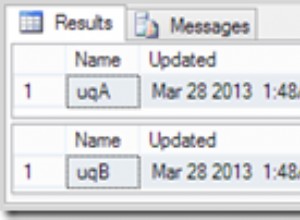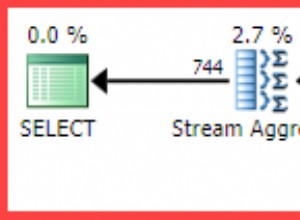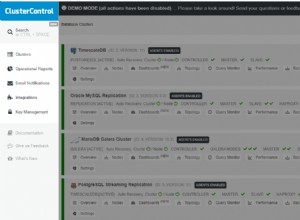En Android, su clase de ayuda es la clase principal Sqlite que tiene todos los miembros de datos y funciones para acceder a través de esta clase. A través de esta clase puede leer, escribir y abrir datos. Para saber más sobre esto, lea este enlace
http://www.codeproject.com/Articles/119293/Using-SQLite-Database-with-Android
Para conectarse a una base de datos, necesita un objeto de conexión. El objeto Connection utiliza un DriverManager. DriverManager pasa el nombre de usuario de su base de datos, su contraseña y la ubicación de la base de datos.
Agregue estas tres instrucciones de importación en la parte superior de su código:
import java.sql.Connection;
import java.sql.DriverManager;
import java.sql.SQLException;
Para configurar una conexión a una base de datos, el código es este:
Connection con = DriverManager.getConnection( host, username, password );
Ver este ejemplo
try (
// Step 1: Allocate a database "Connection" object
Connection conn = DriverManager.getConnection(
"jdbc:mysql://localhost:8888/ebookshop", "myuser", "xxxx"); // MySQL
// Connection conn = DriverManager.getConnection(
// "jdbc:odbc:ebookshopODBC"); // Access
// Step 2: Allocate a "Statement" object in the Connection
Statement stmt = conn.createStatement();
) {
// Step 3: Execute a SQL SELECT query, the query result
// is returned in a "ResultSet" object.
String strSelect = "select title, price, qty from books";
System.out.println("The SQL query is: " + strSelect); // Echo For debugging
System.out.println();
ResultSet rset = stmt.executeQuery(strSelect);
// Step 4: Process the ResultSet by scrolling the cursor forward via next().
// For each row, retrieve the contents of the cells with getXxx(columnName).
System.out.println("The records selected are:");
int rowCount = 0;
while(rset.next()) { // Move the cursor to the next row
String title = rset.getString("title");
double price = rset.getDouble("price");
int qty = rset.getInt("qty");
System.out.println(title + ", " + price + ", " + qty);
++rowCount;
}
System.out.println("Total number of records = " + rowCount);
} catch(SQLException ex) {
ex.printStackTrace();
}
// Step 5: Close the resources - Done automatically by try-with-resources
}




